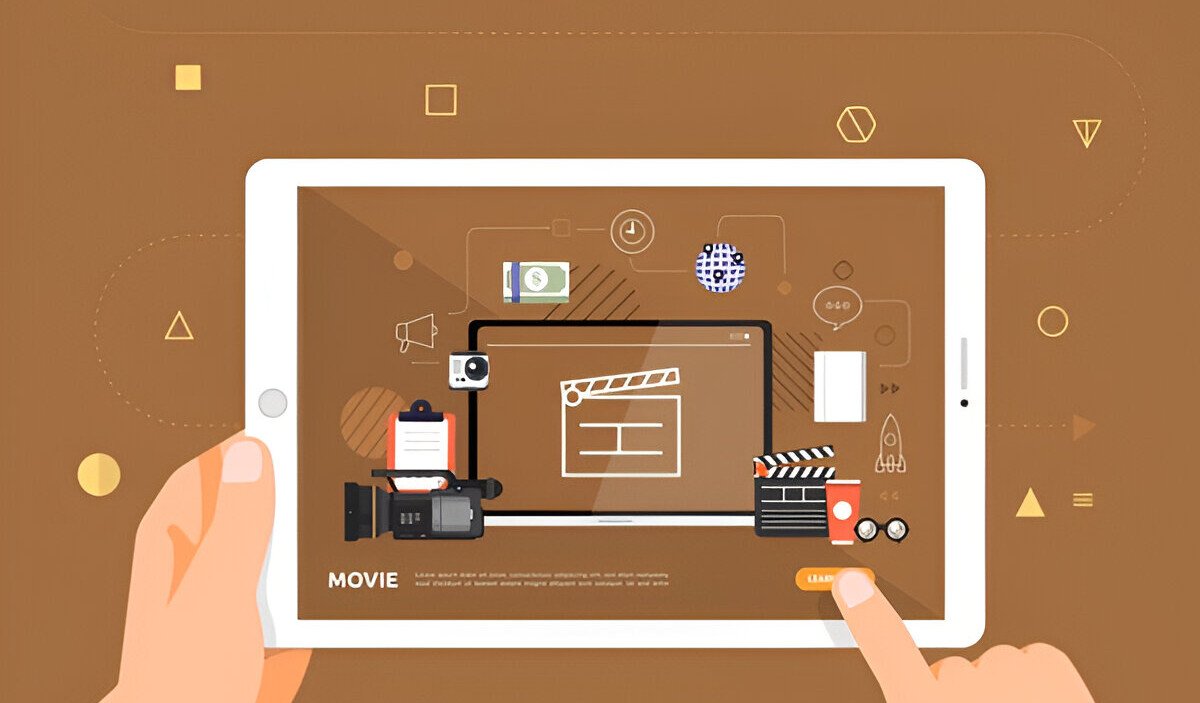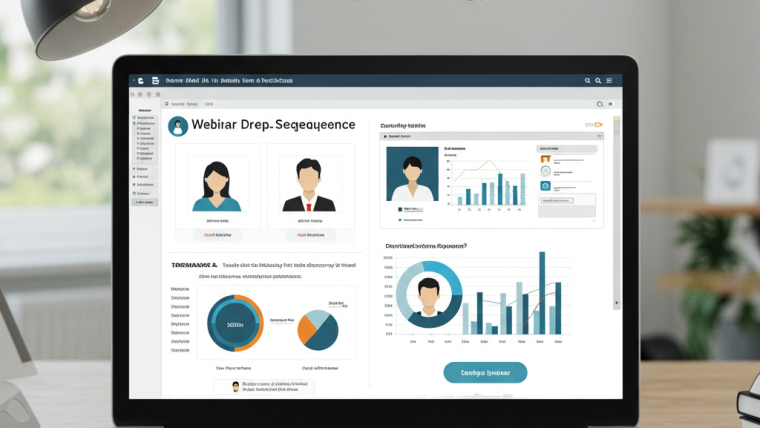Webinars have become one of the most powerful tools in the digital age for building audiences, sharing knowledge, and, importantly, generating revenue. Their popularity continues to skyrocket because they offer businesses an engaging and interactive way to connect with potential customers, showcase expertise, and convert leads into paying clients. But how exactly do webinars make money?
This blog will explore the various monetization strategies, share real-world success stories, recommend the best tools, and provide actionable tips to help you create and optimize webinars that drive revenue.
If you’re looking to turn your expertise into an income stream, webinars may be just what you need.
Different Webinar Monetization Strategies
Webinars offer numerous opportunities for revenue generation, depending on your goals, audience, and industry. Below, we break down some of the most effective strategies used by businesses and entrepreneurs.
1. Selling Premium Webinars
One straightforward way to monetize your webinar is to charge attendees a fee to join. Businesses or individuals offering highly specialized or valuable content often use this approach. For instance, a webinar teaching advanced coding techniques or financial strategies could justify a premium ticket price.
How to succeed with this strategy:
- Offer niche, in-demand topics that solve specific pain points for your audience.
- Promote the value upfront. Show attendees what they will gain, such as exclusive insights, templates, or actionable steps.
- Use a tiered pricing model, such as early bird and regular registration fees, to encourage sign-ups early.
2. Selling Related Products or Services
Webinars are incredibly effective for showcasing products and upselling services. For example, a software company might host a free webinar demonstrating its latest product, with a call to action at the end to purchase or register. Coaches, consultants, and creators also use webinars to upsell their training programs, ebooks, and more.
Pro tip: Provide a limited-time discount or exclusive bonus during the webinar to create urgency and incentivize purchases.
3. Lead Generation for Sales Conversion
Some webinars are specifically designed as a lead magnet to convert an audience into qualified leads for future sales. While these events are often free to attend, they provide tremendous potential for long-term gains by building a strong pipeline of engaged prospects.
This approach works well for service-based businesses or high-ticket items like SaaS subscriptions, investment opportunities, or consulting packages.
Key focus:
- Collect valuable attendee information during registration, such as email addresses and job titles.
- Follow up post-webinar with tailored offers or consultations to nurture these leads further.
4. Sponsorship Opportunities
If you’ve built a solid audience with your webinars, you can monetize them by partnering with sponsors. Brands pay you to promote their products during your webinar in exchange for visibility in front of your audience.
For instance, a fitness trainer hosting a nutrition webinar might partner with a health supplement company to sponsor their event.
Best practices for sponsorships:
- Choose sponsors that align with your topic and audience.
- Integrate their promotion seamlessly into your content so it feels authentic rather than salesy.
5. Affiliate Marketing and Partnerships
Webinars can serve as a great platform to promote affiliate products or services. You earn commissions for every sale or lead generated through links provided during your webinar. This works particularly well when you genuinely use and trust the products you’re promoting.
Example: A graphic designer teaching an online branding course could recommend design tools like Canva or Adobe, earning through their affiliate programs.
Real-World Case Studies
Looking for proof that webinars generate revenue? Consider these real-world examples of people and businesses successfully leveraging webinars for monetization.
Case Study 1 – Amy Porterfield’s Digital Courses
Amy Porterfield, a course creation expert, frequently uses webinars to encourage sign-ups for her online programs. Her webinars provide valuable insights upfront while teasing the product’s benefits at the end. This lead generation strategy has reportedly helped her earn millions through course sales.
Case Study 2 – HubSpot’s Free Webinars
HubSpot hosts free educational webinars to train its audience on marketing strategies while simultaneously showcasing its SaaS tools. By offering free content, HubSpot builds trust and drives leads that eventually convert for its software suite.
Case Study 3 – Fitness Influencer Monetizes Nutrition Webinars
One fitness professional in Australia runs weekly webinars focusing on nutrition tips and healthy eating plans. Attendees pay $15 for access, and the influencer upsells downloadable meal plans and personal coaching services during the session.
Tools and Platforms for Webinar Hosting
The right tools are essential for creating and running successful webinars. Here are some highly recommended platforms to consider based on features, scalability, and ease of use.
1. Zoom
A widely popular tool for hosting webinars, Zoom offers features like Q&A sessions, screen sharing, and live polling. It’s affordable and user-friendly, making it ideal for small businesses.
2. GoToWebinar
This platform is built for professional webinars, offering features such as automated email reminders, analytics, and rich customization for branding.
3. Webex
Perfect for larger organizations, Webex supports high attendee numbers and offers advanced tools for engagement, like breakout rooms and advanced chat functions.
4. Demio
For marketers looking to host engaging and visually stunning webinars, Demio stands out with its sleek design, interactive tools, and easy-to-use automation options.
5. WebinarJam
Renowned for its robust marketing features, WebinarJam allows you to create landing pages, run automated webinars, and follow up with attendees through email campaigns.
Tips for Creating Engaging and Profitable Webinars
To make your webinars stand out and drive profitable results, consider the following best practices.
1. Choose the Right Topic
Focus on topics relevant to your audience’s needs. Look for areas where they face challenges or pain points and position your webinar as the solution.
2. Create High-Quality Visuals
Professional slides, videos, and demos can drastically improve audience engagement. Invest time in the visual presentation of your webinar.
3. Engage Your Audience
Use interactive tools like live Q&A, polls, and chat features to keep your attendees engaged throughout the session.
4. Promote Effectively
Your content is only valuable if people know about it. Use email marketing, social media, and partnerships to promote your webinar in advance.
5. Optimize Your CTAs
Make sure your call to action (CTA) is clear and compelling. Whether it’s signing up for a course, purchasing a product, or subscribing to a newsletter, guide attendees to the desired next step.
6. Analyze and Improve
Post-webinar, dig into your analytics to see what worked (and what didn’t). Look at metrics like attendee numbers, engagement rate, and conversions to optimize future sessions.
Webinar Revenue Generation Awaits
Whether you’re an entrepreneur, small business owner, or marketer, webinars offer endless opportunities to monetize knowledge, connect with audiences, and grow your business. By using the strategies, tools, and tips outlined here, you can create webinars that provide value and generate income.
Start small, keep refining, and soon enough, you’ll unlock the full potential of webinars as a revenue-generating tool.
To better understand how webinars became powerful business tools, it helps to look at the history and evolution of webinars.








Webinar Analytics: A Complete Guide to Measuring Success and Improving Performance
The Ultimate Webinar Follow-Up Strategy to Turn Attendees into Customers
Webinar Accessibility Best Practices: How to Make Your Online Events Inclusive for All
Webinar Personalization: Tailoring Content to Audience Segments for Maximum Engagement